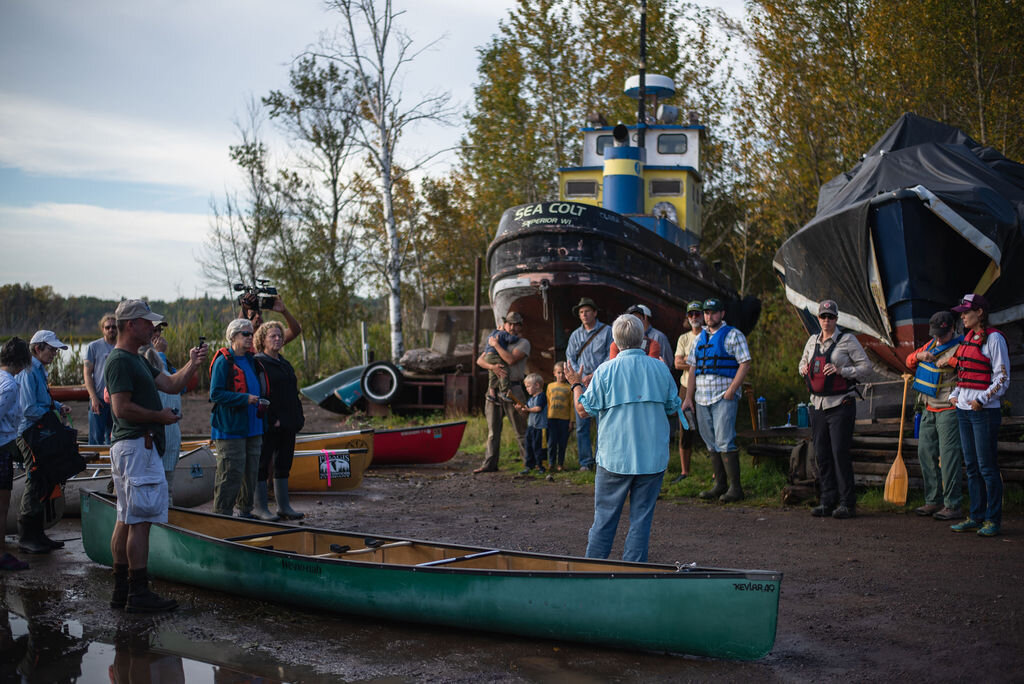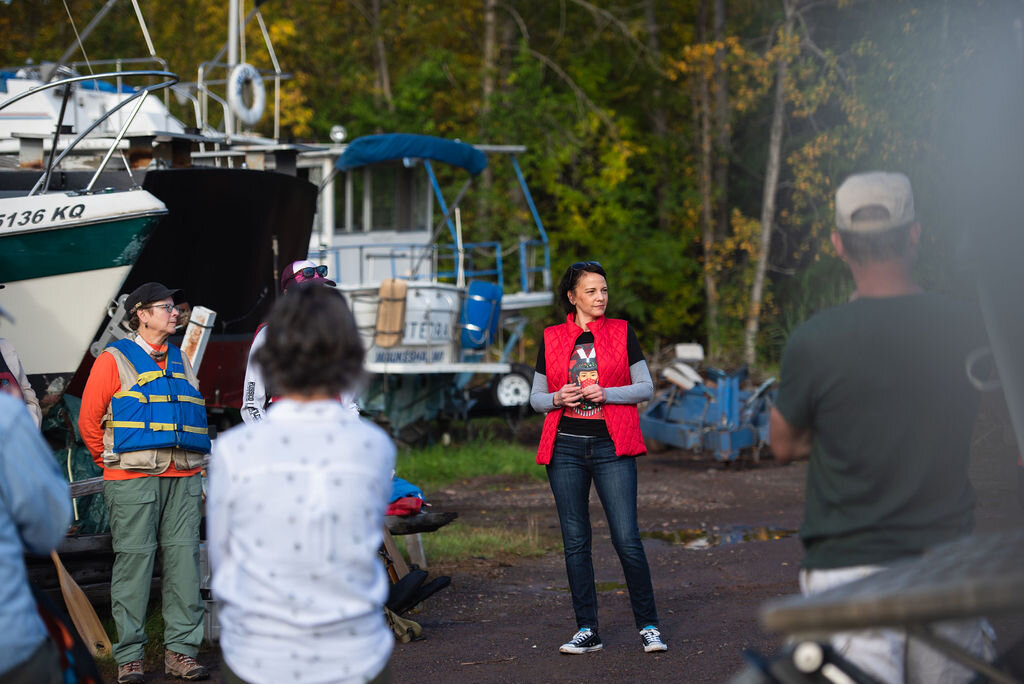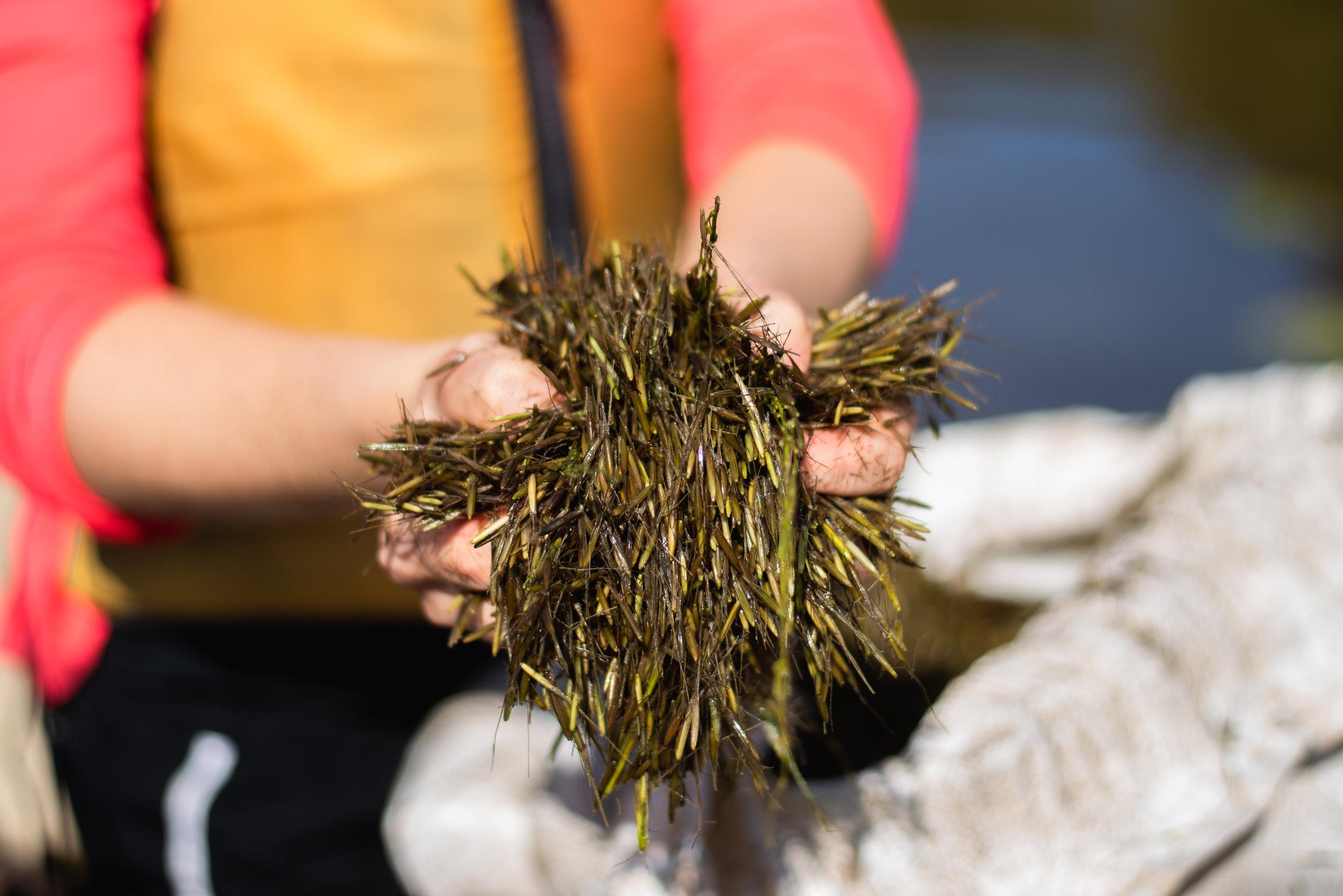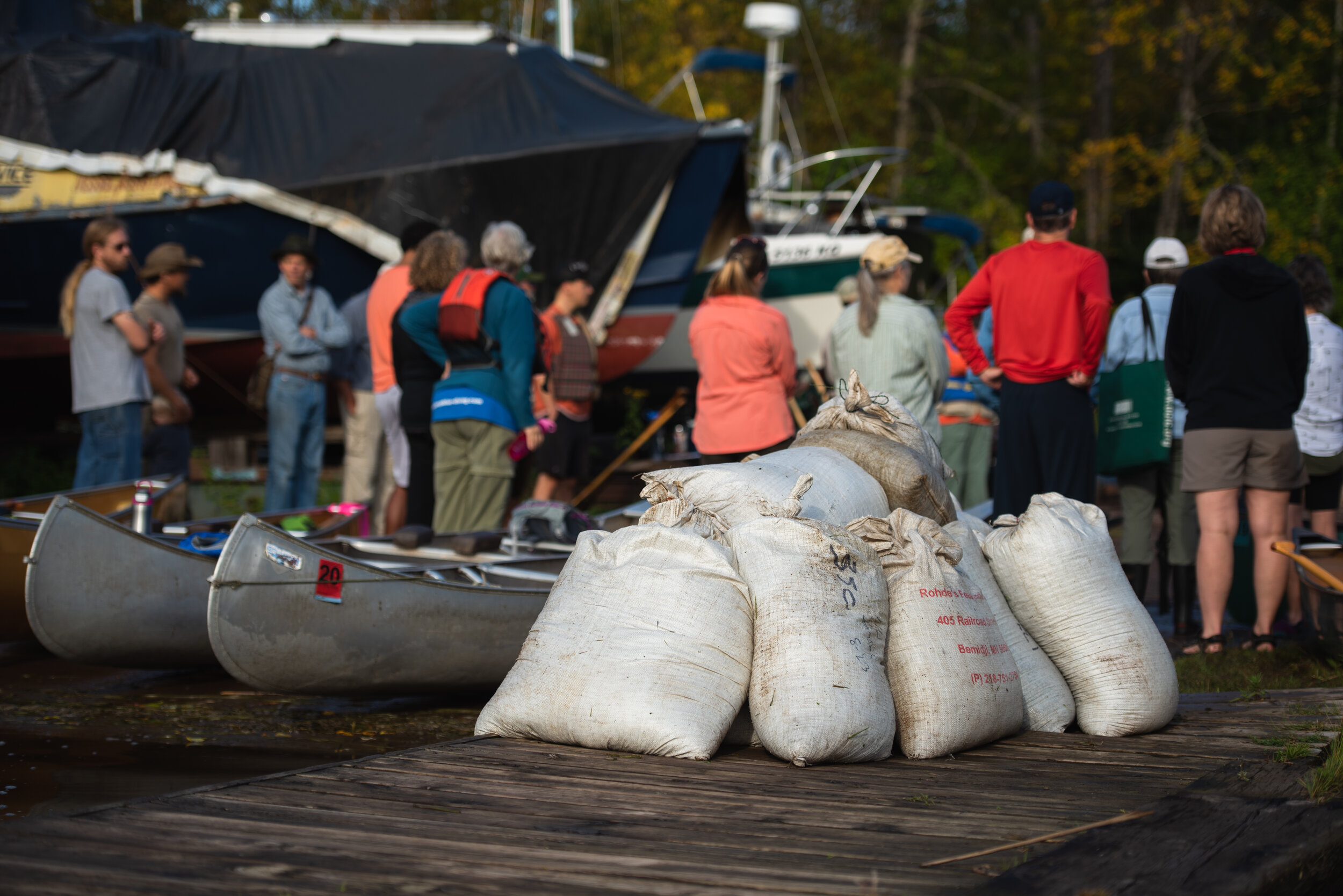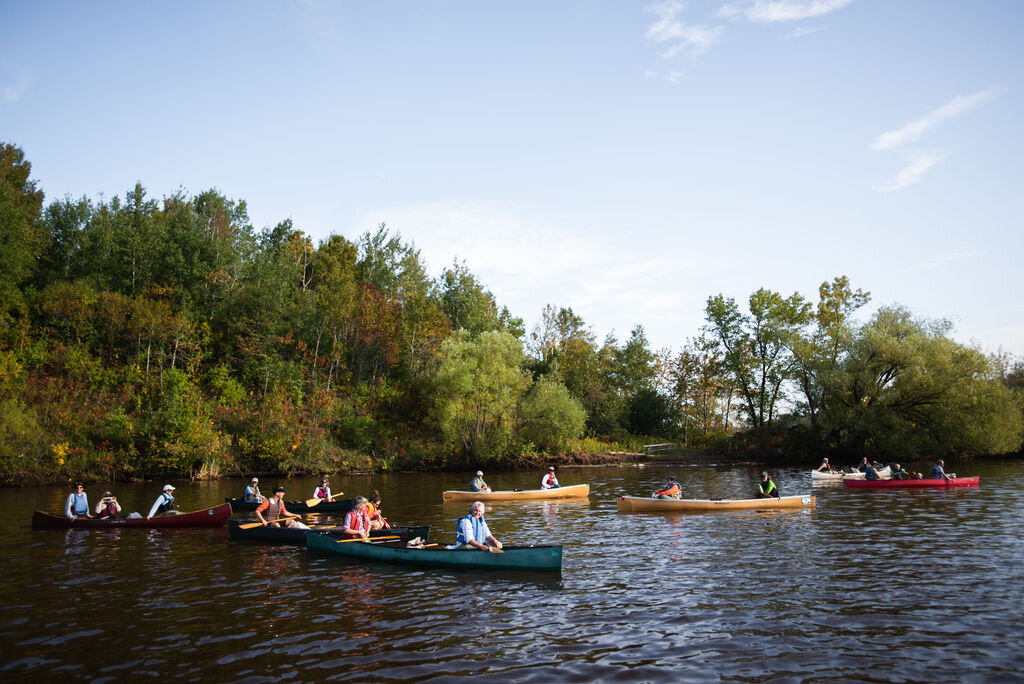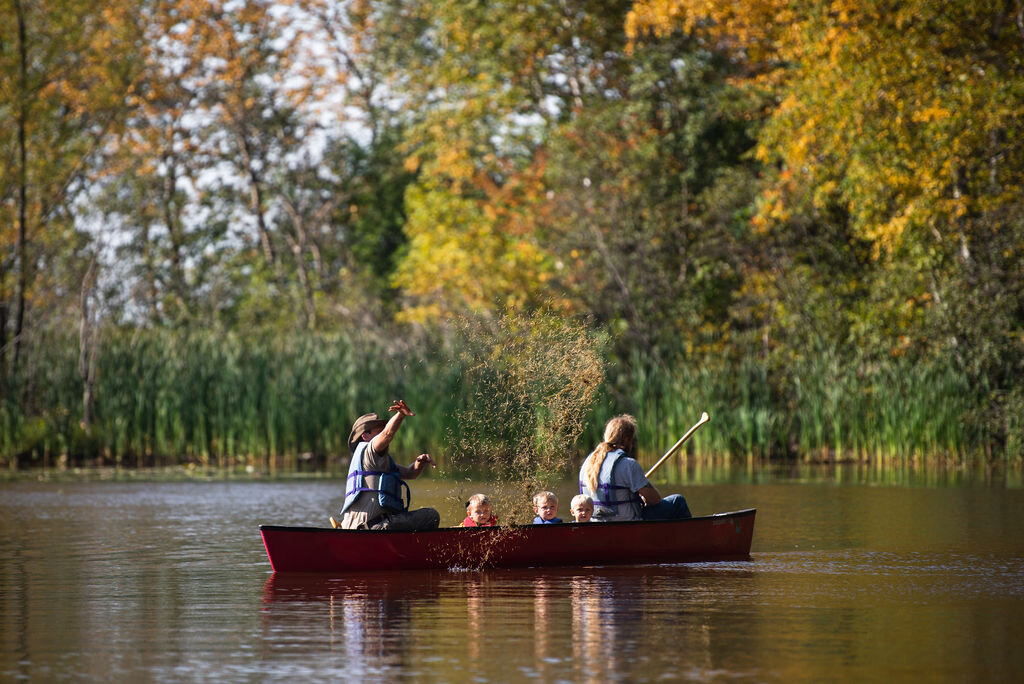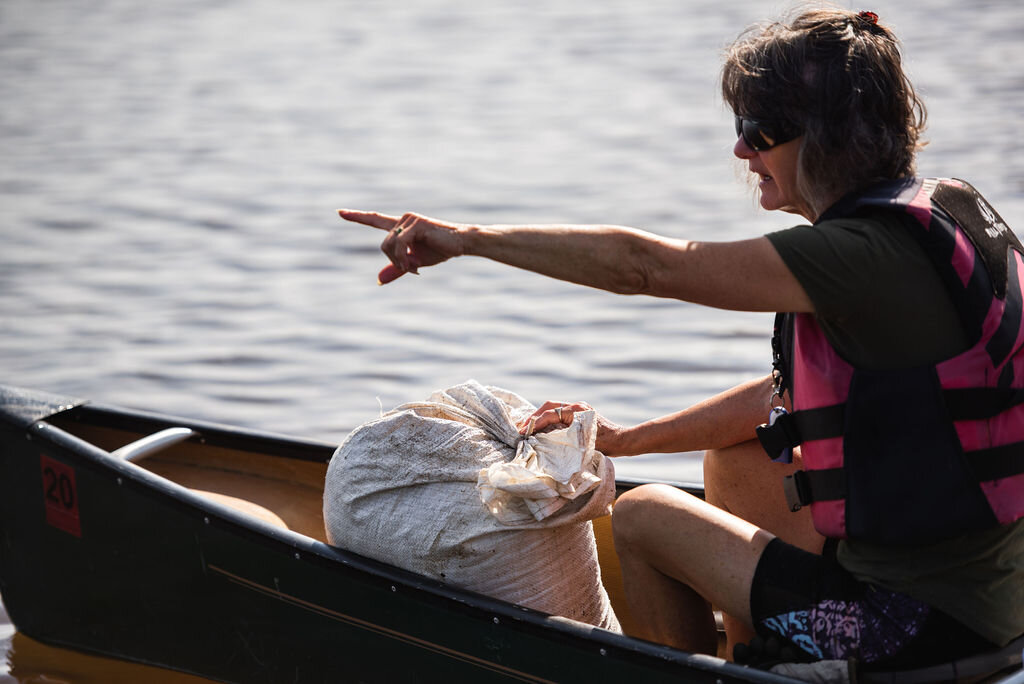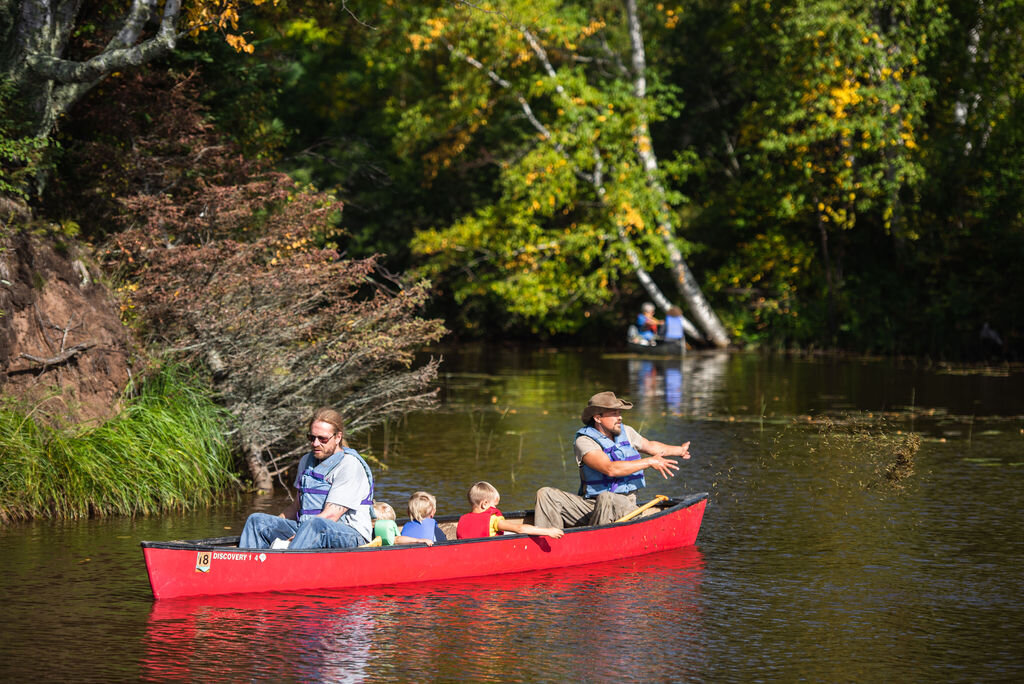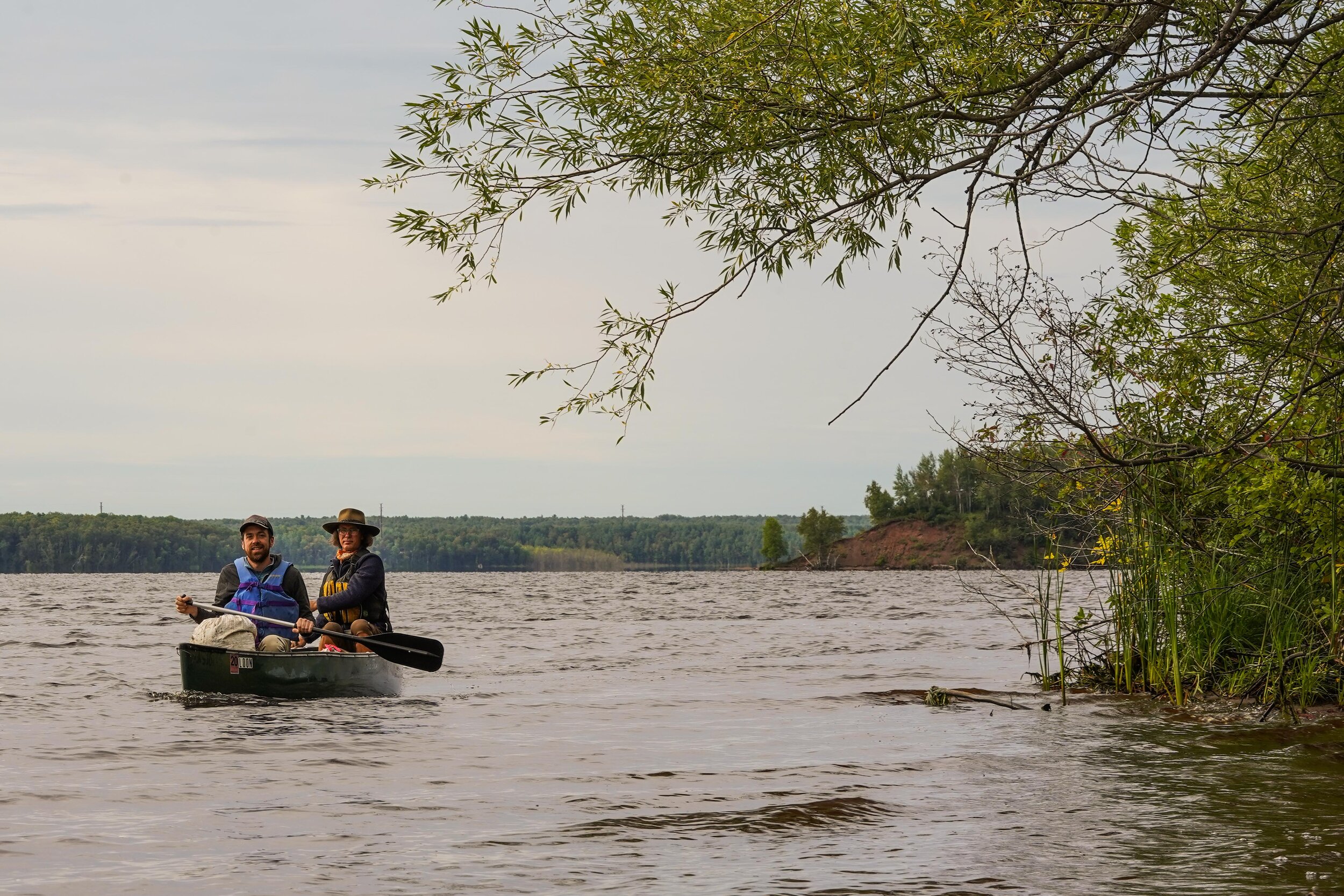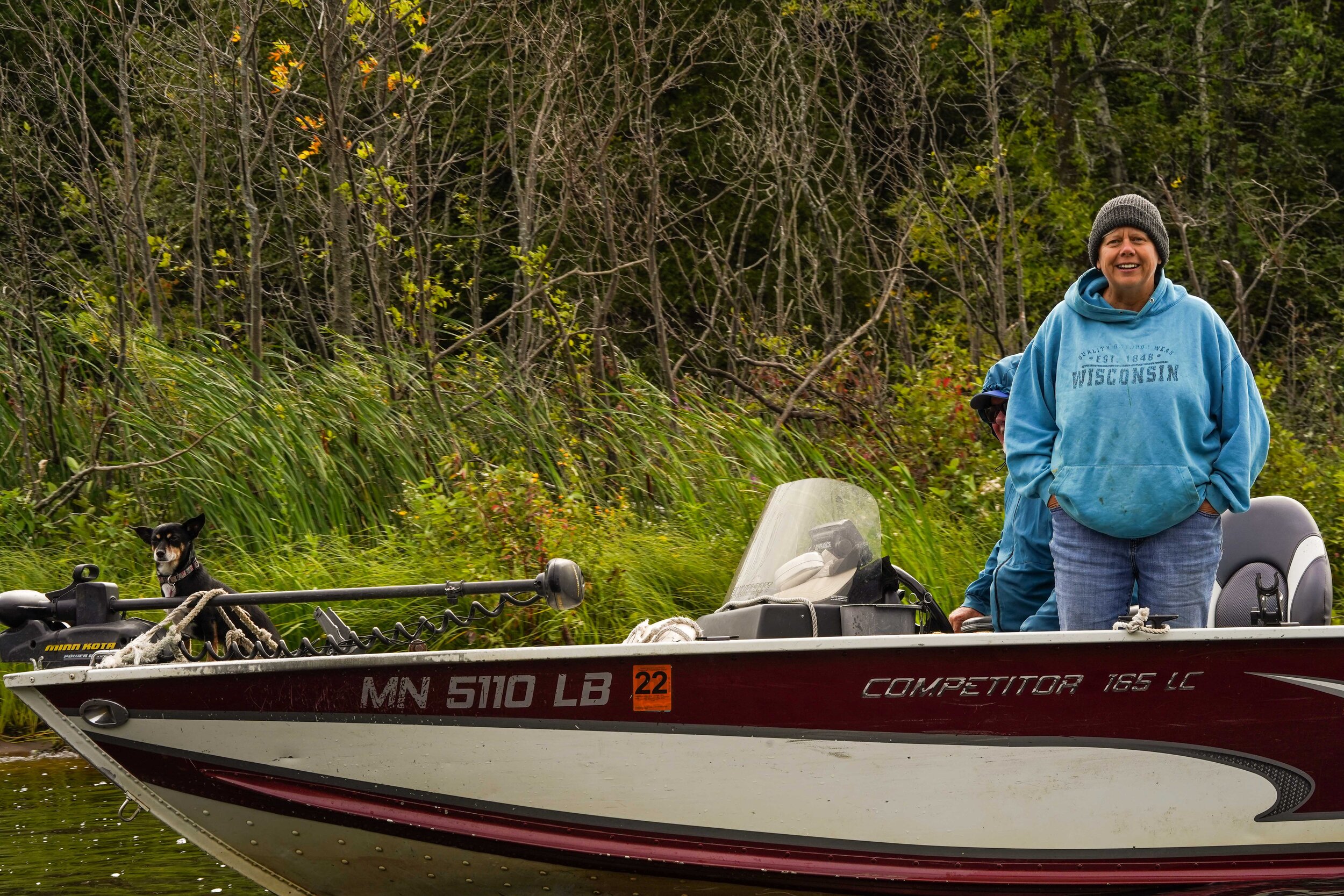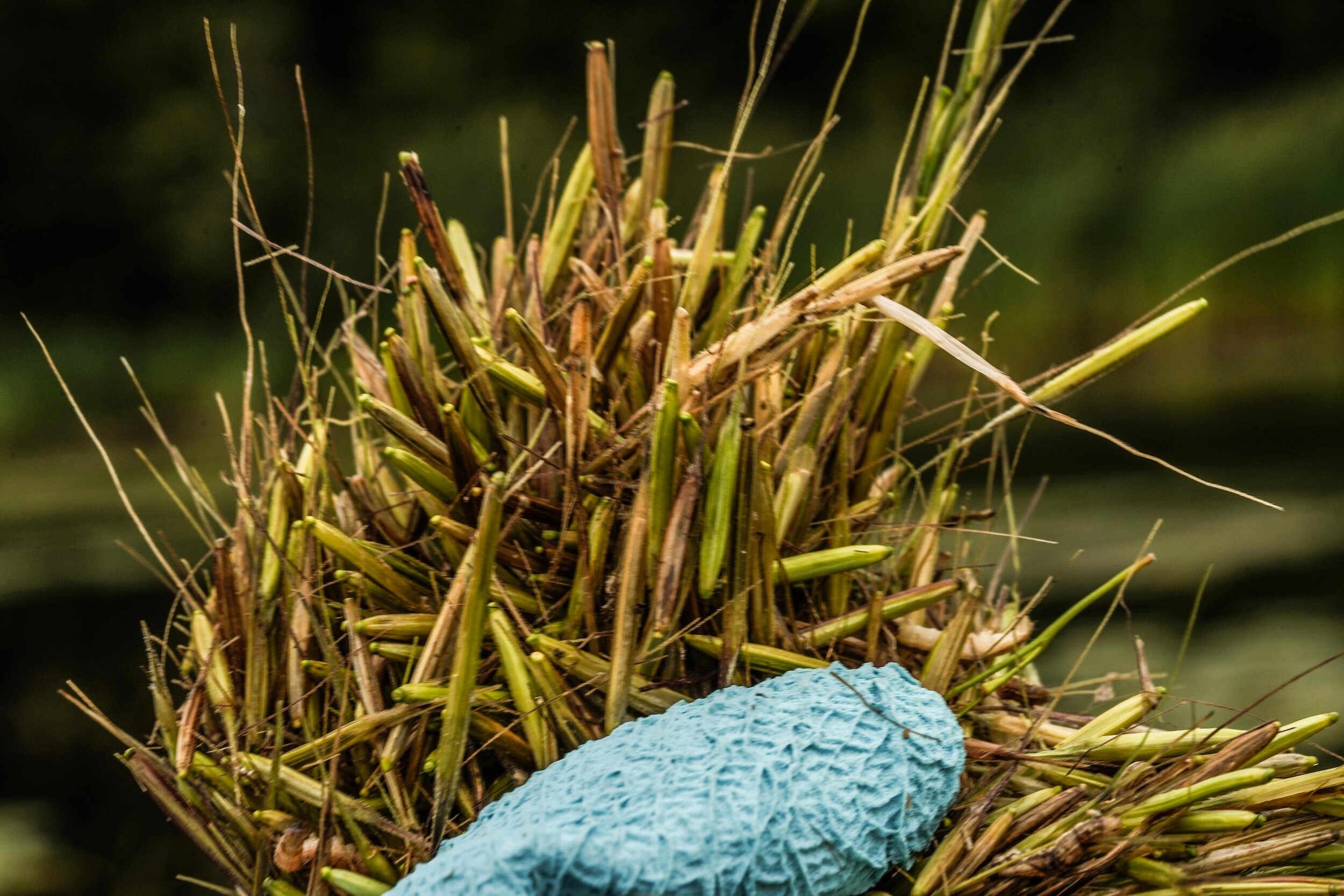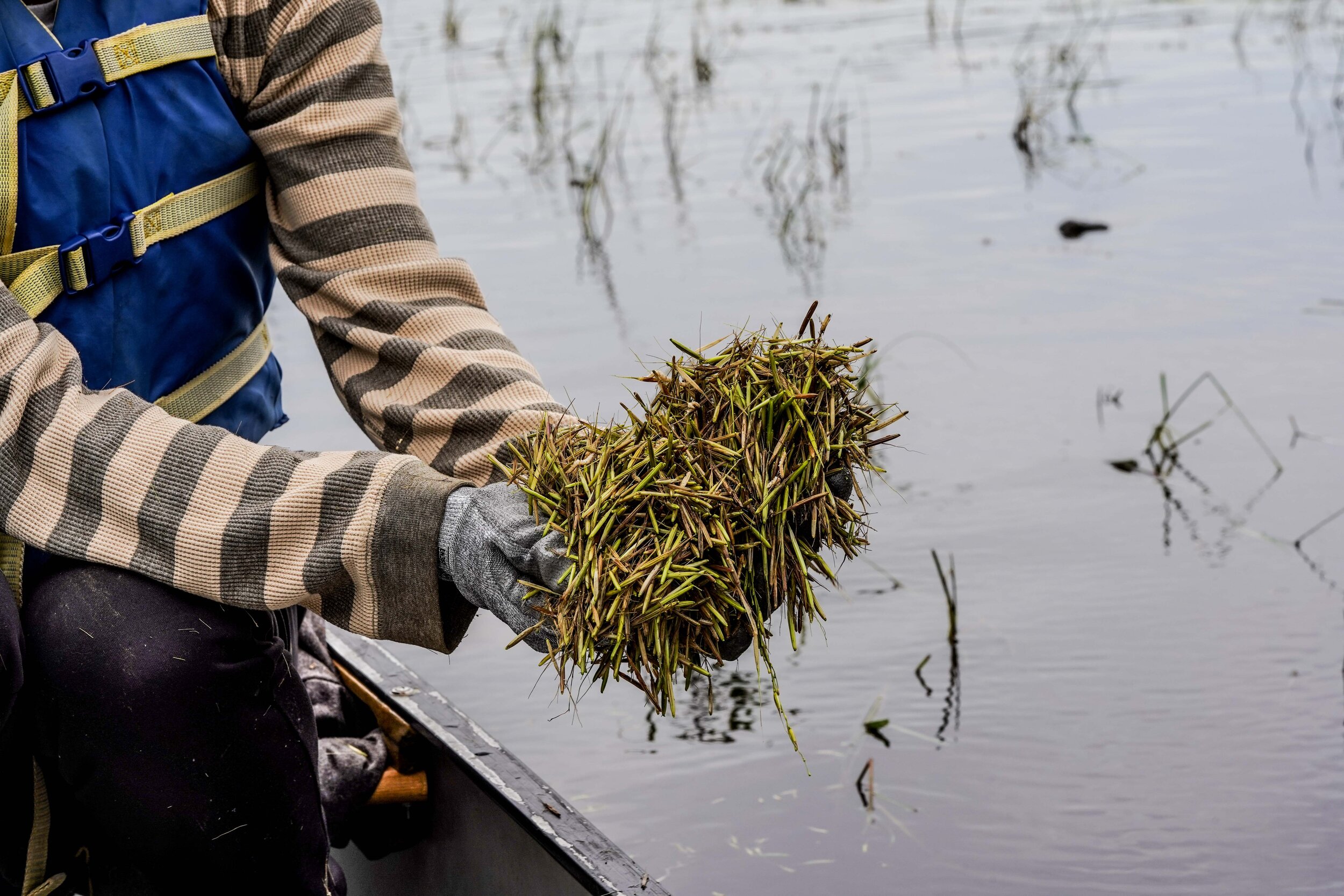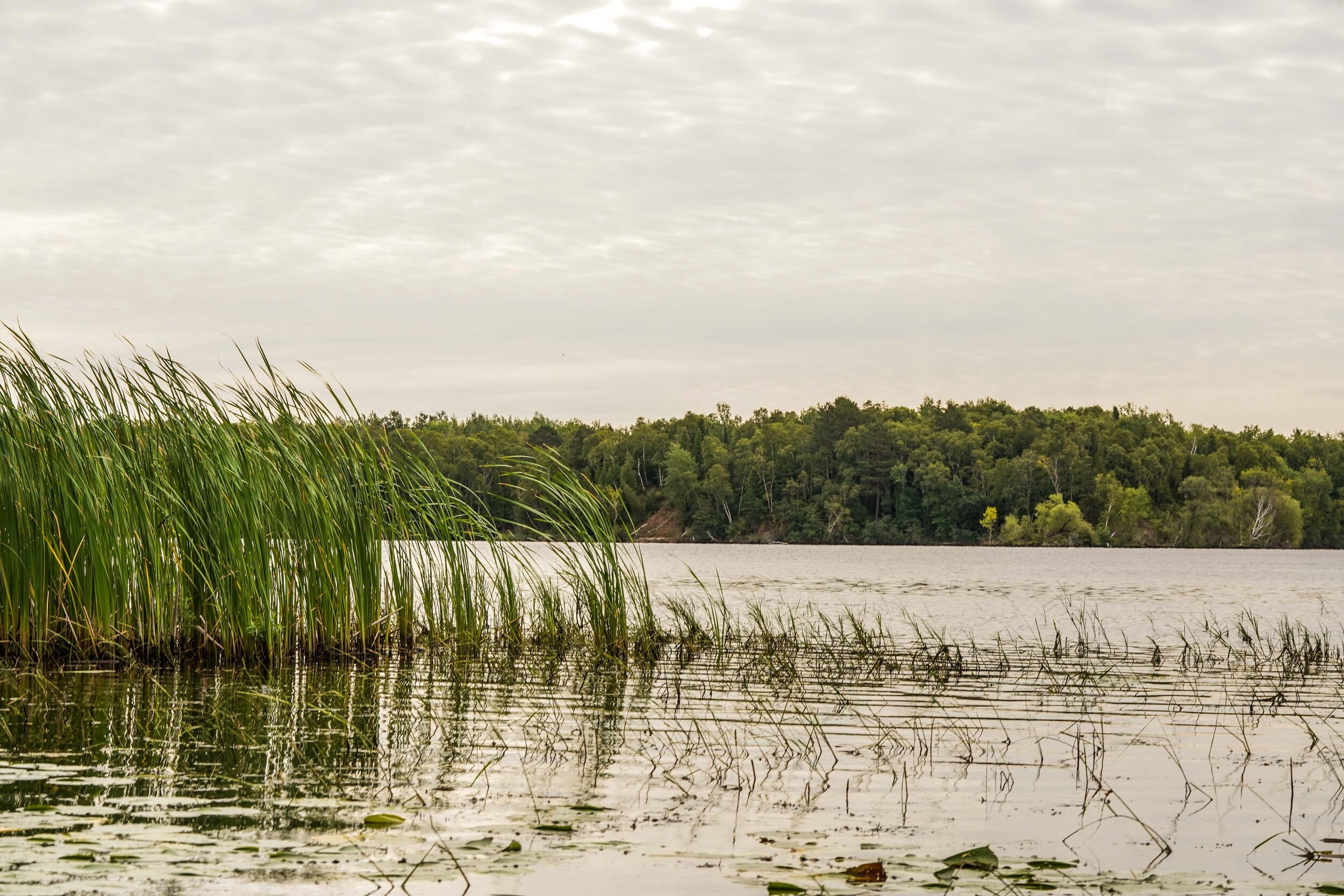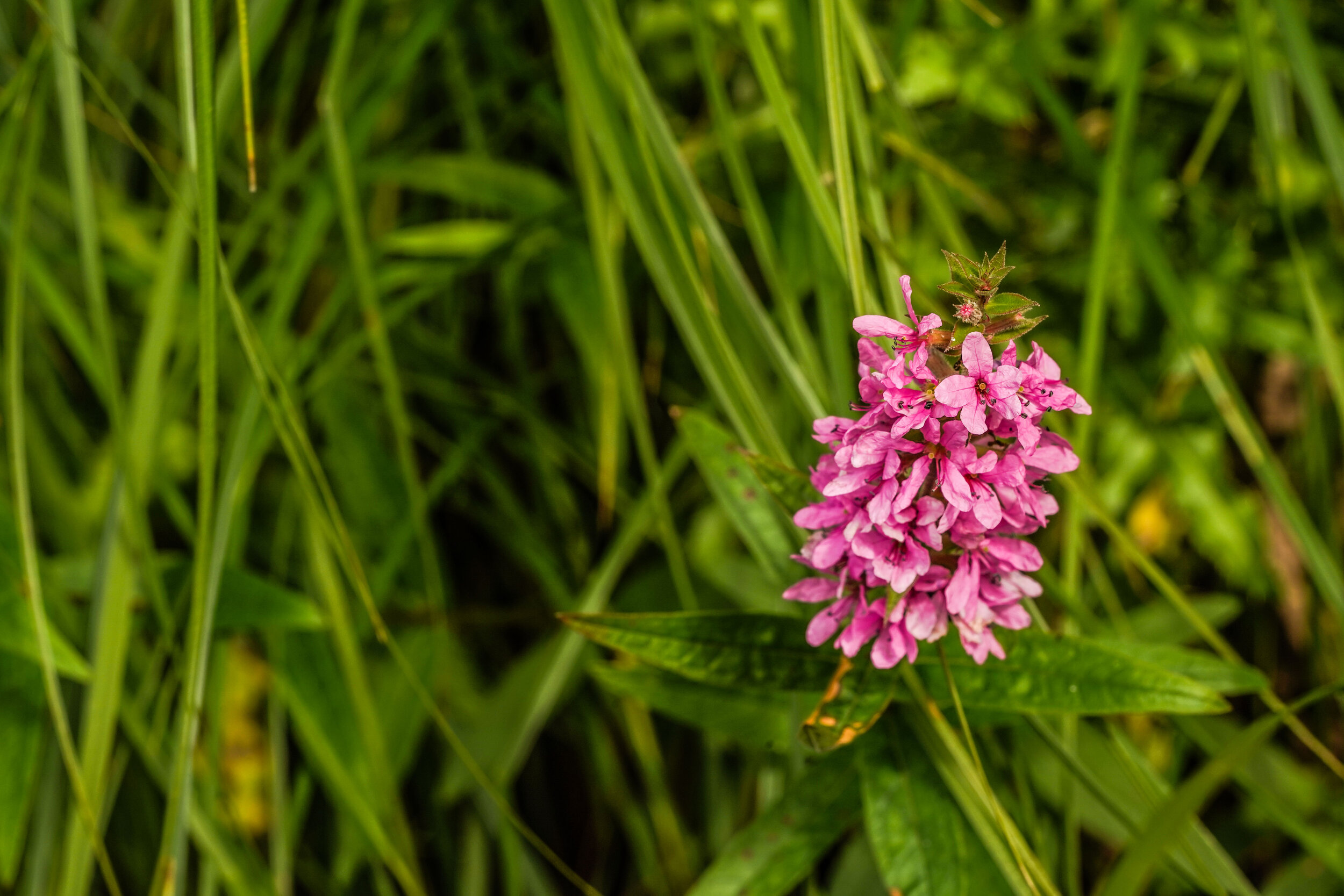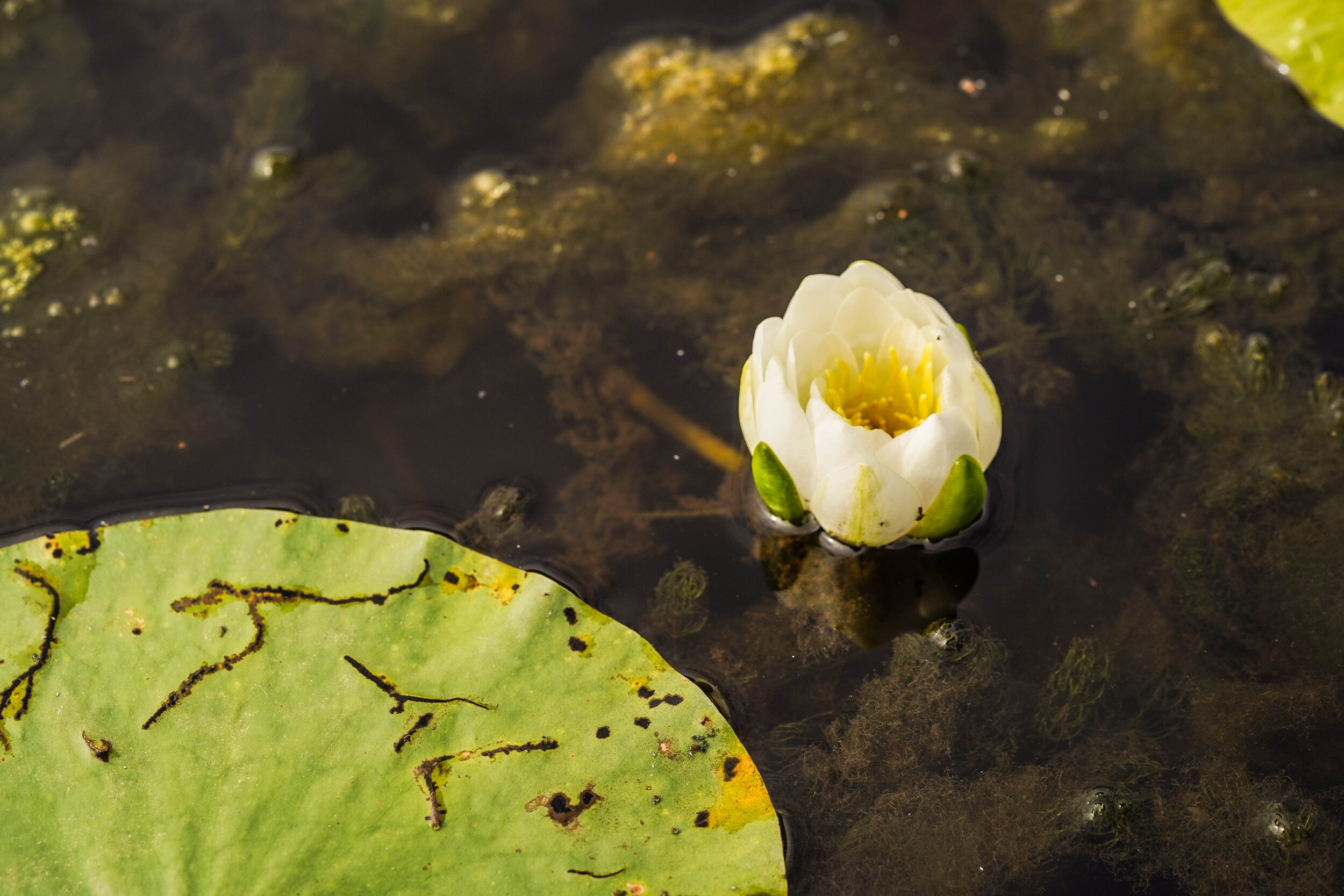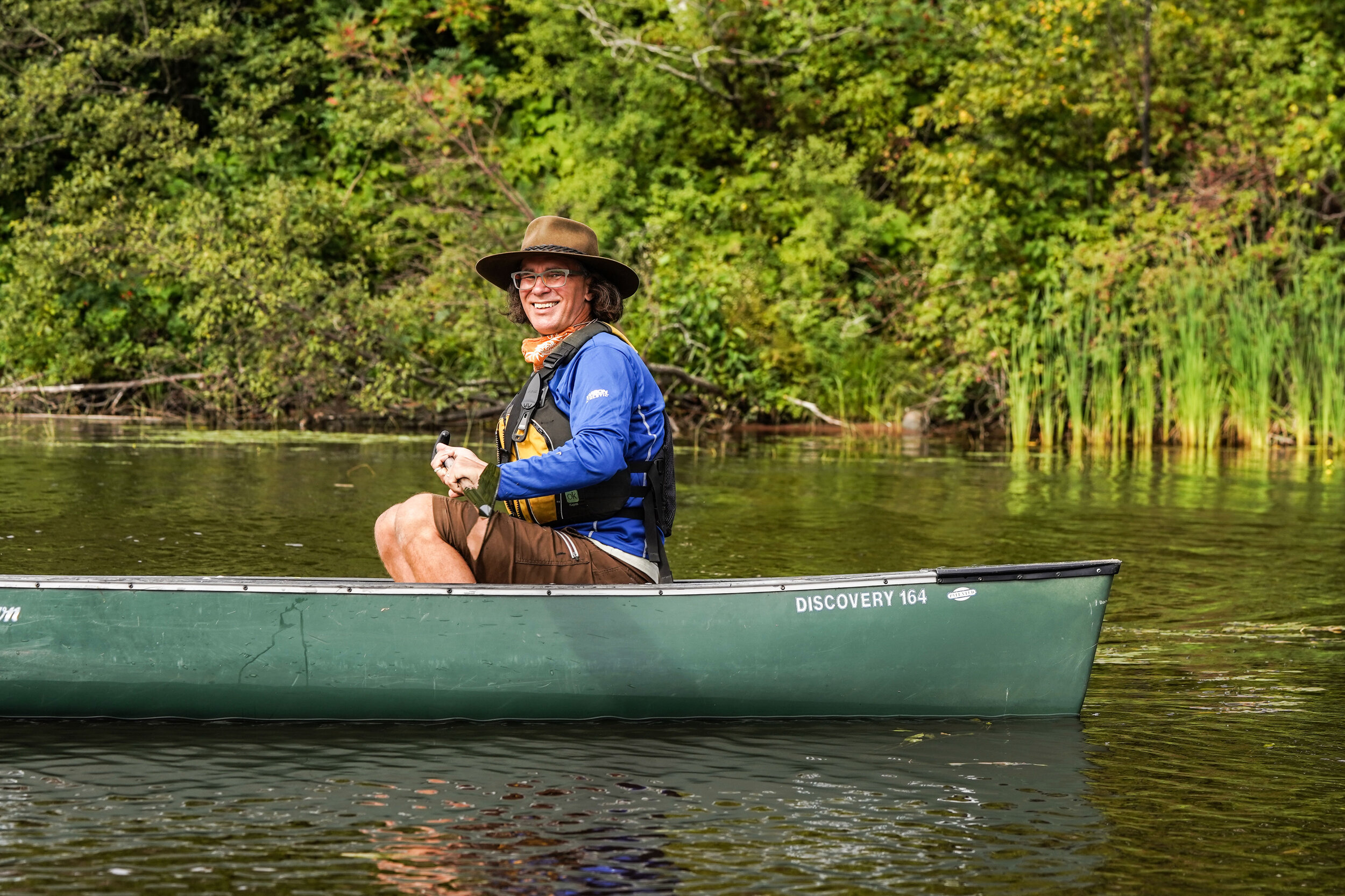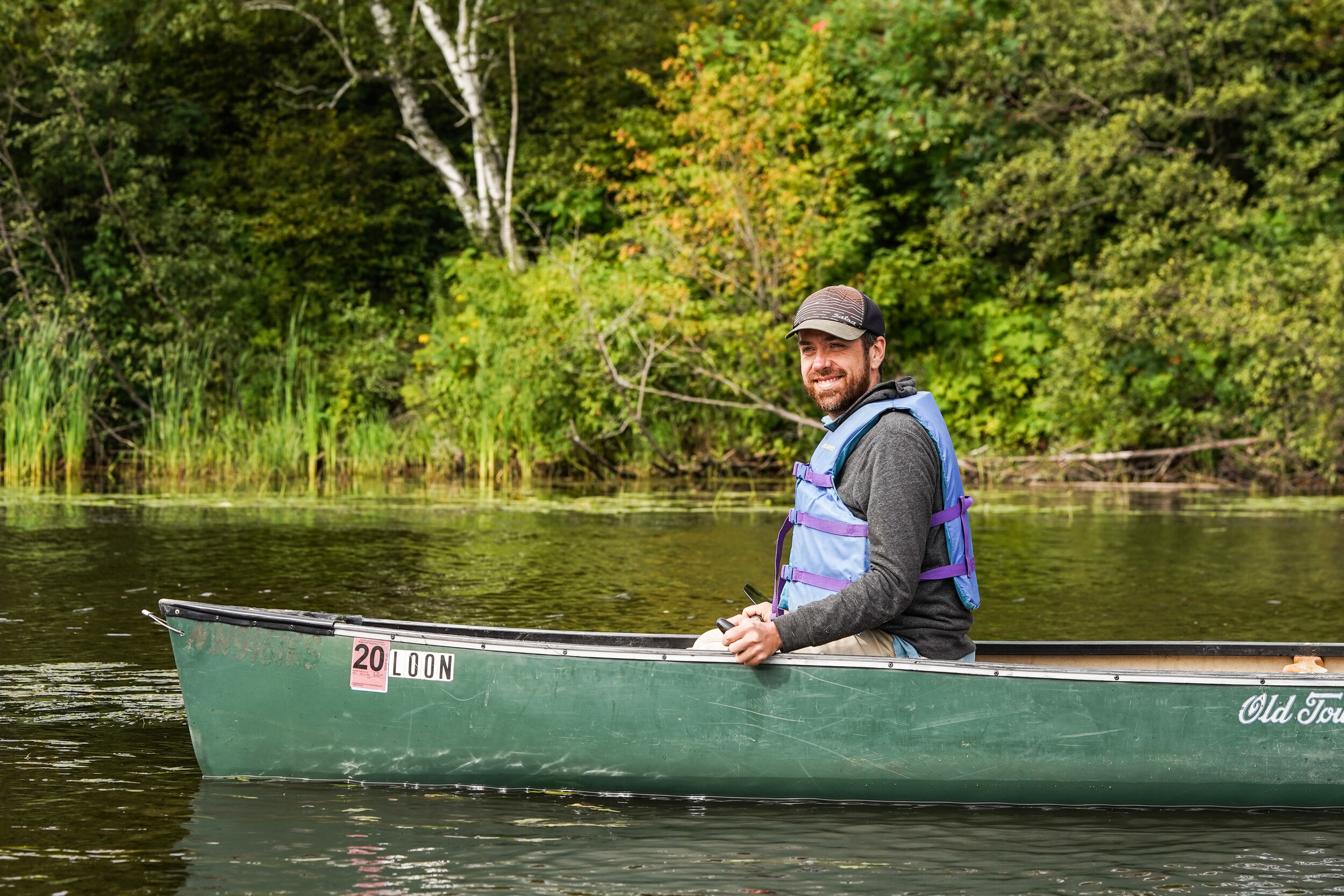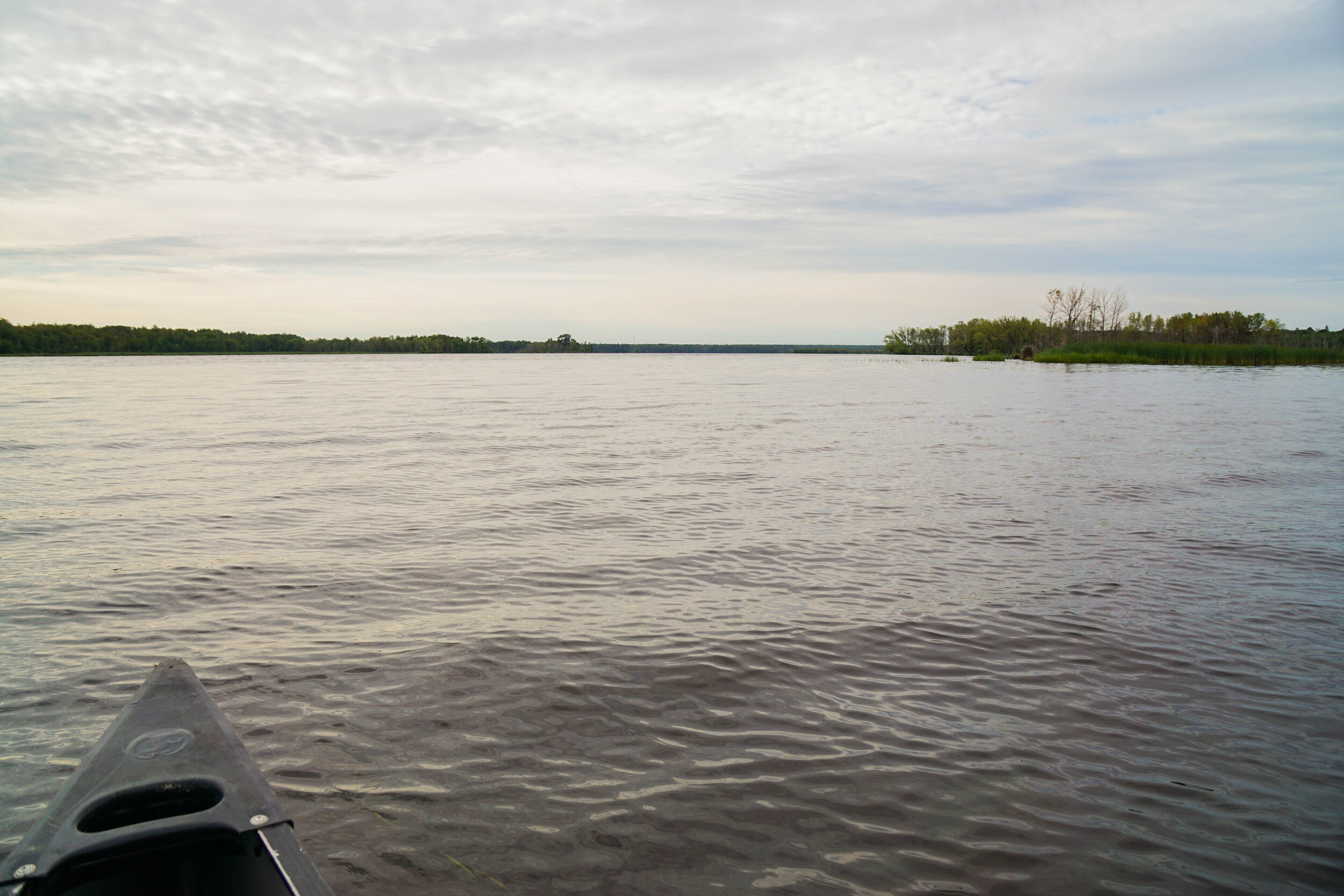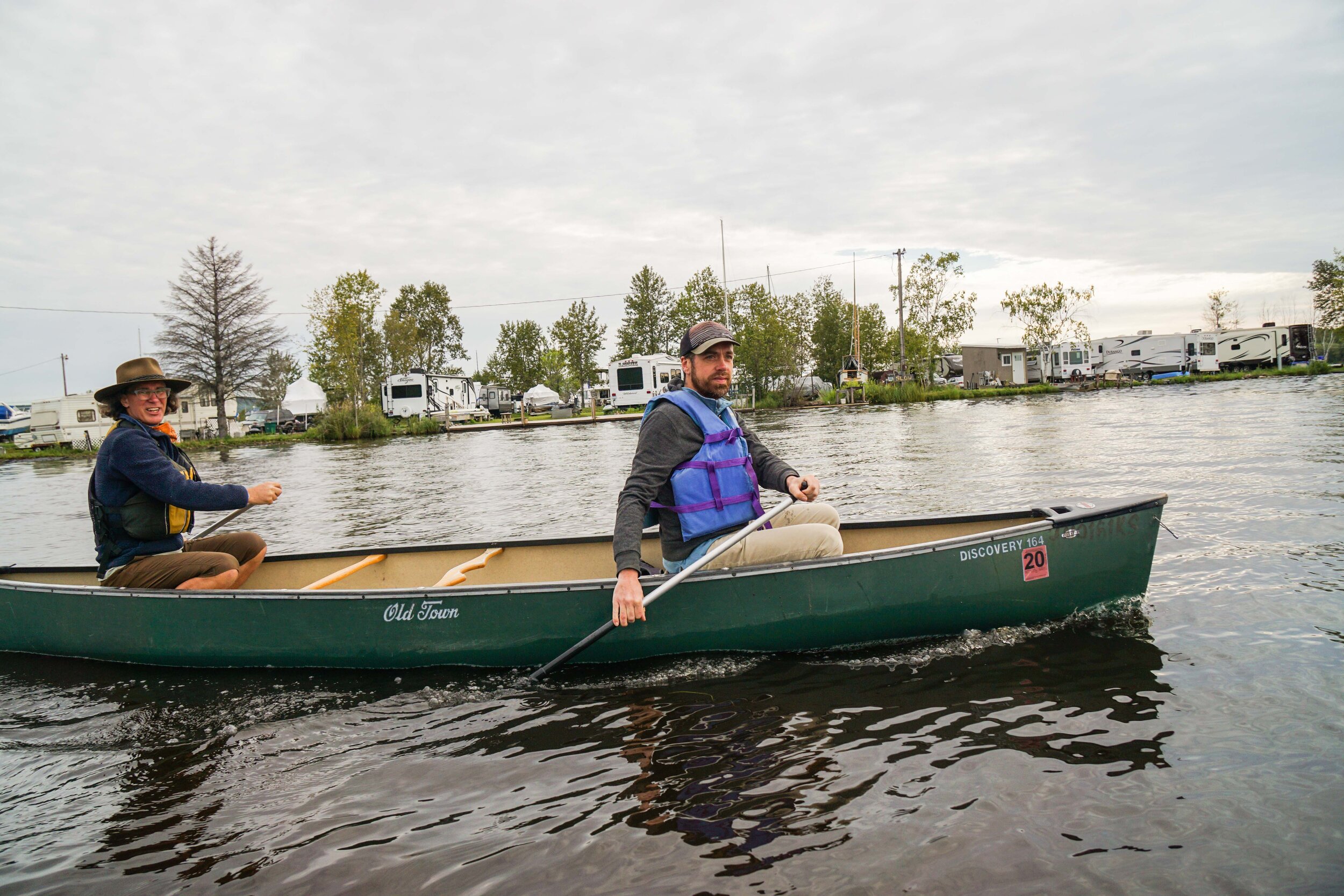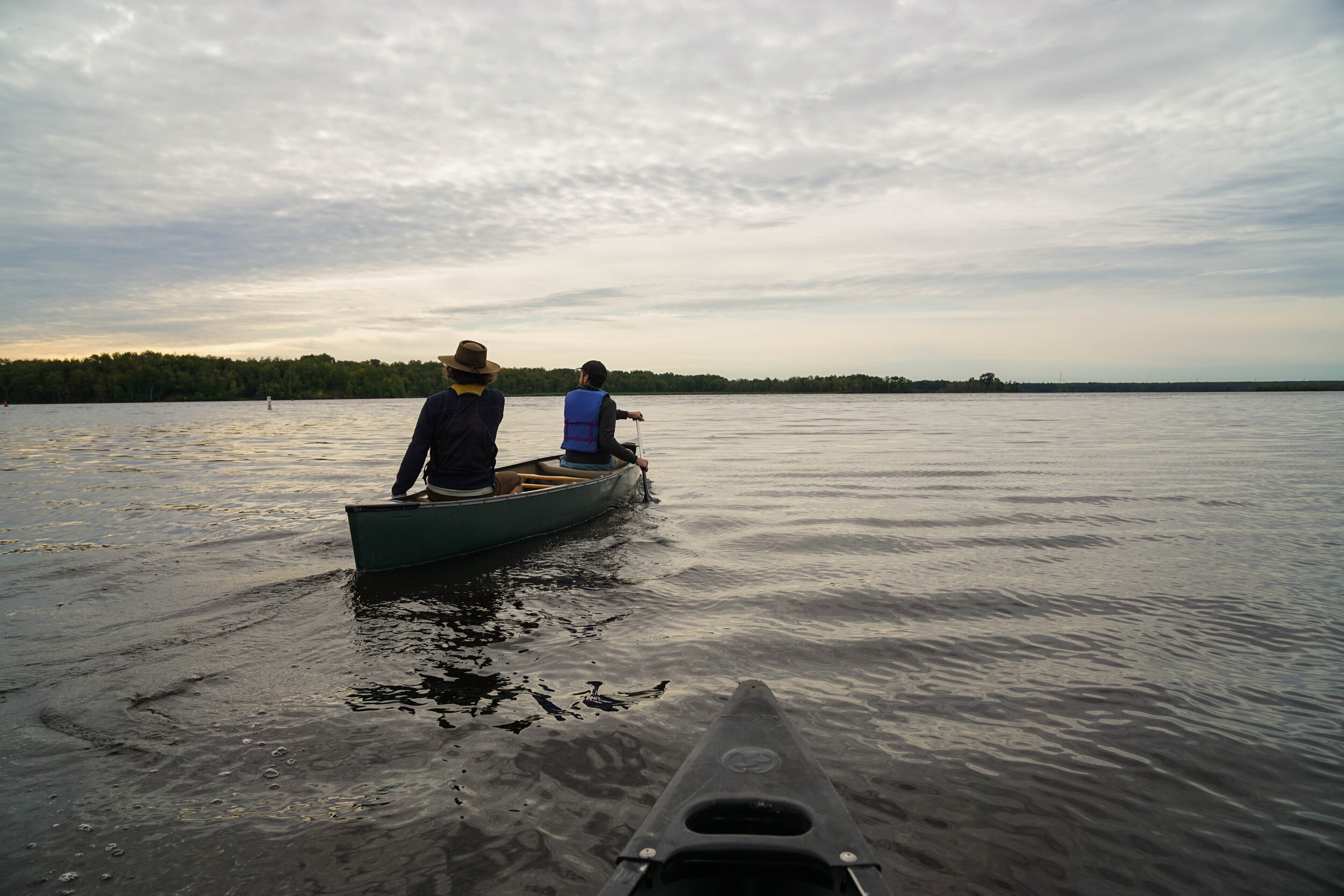About Manoomin
Northern wild rice, manoomin (Ojibwemowin), or Zizania palustris (scientific name), is a vital nutritional grain and plays a central role in the cultural life of the Ojibwe people today. In the St. Louis River Estuary, wild rice is a key plant and food source for waterfowl. It also provides important habitat for fish and wildlife.
Historically, the St. Louis River estuary had one of the richest concentrations in the region. From the 1930’s to the 1960’s, the St. Louis River estuary contained between 600 and 1,000 acres of wild rice. Over the past 50 years, its abundance and distribution has been reduced to a few remnant stands due to industrial development, pollution, and logging.
Resources:
Manoomin Restoration Partnership
The Manoomin Restoration Partnership – St. Louis River Estuary; which includes Minnesota Department of Natural Resources (MNDNR), Wisconsin Department of Natural Resources (WIDNR), tribal partners including 1854 Treaty Authority, Fond du Lac Band of Lake Superior Chippewa, Great Lakes Indian Fish and Wildlife Commission, St. Croix Band of Lake Superior Chippewa, and non-profits; are seeking to restore at least 30 acres of self-sustaining Manoomin by 2026 and 60 acres by 2032. The 2024 St. Louis River Estuary Manoomin Stewardship & Restoration Plan outlines the specific implementation strategies including locations and practices to restore wild rice in prioritized areas.
Successful wild rice restoration normally requires 3-5 years of seeding due to annual fluctuation in precipitation and water levels. Since 2015, the St. Louis River Alliance has assisted the Wisconsin Department of Natural Resources with annual plantings focusing on the areas near Clough Island, Kingsbury Bay, and Allouez Bay.
Funding: Great Lakes Restoration Initiative
Project Partners: 1854 Treaty Authority, Fond du Lac Band of Lake Superior Chippewa, Great Lakes Indian Fish and Wildlife Commission, St. Croix Band of Lake Superior Chippewa, St. Louis River Alliance, Douglas County, Ducks Unlimited, Lake Superior Research Institute, Minnesota Land Trust, Minnesota Department of Natural Resources, Minnesota Pollution Control Agency, Wisconsin Department of Natural Resources
The Plant
The species “Zizania palustris” is an annual plant that grows from seed each year. It begins to grow in lakes and streams after ice out in the spring. The plant typically grows best in shallow water depths (1-3 feet) in areas containing soft, organic bottoms.
Wild rice grows to the water surface usually by mid-June. During this time, wild rice plants lay flat on the water surface and can form vast leafy mats. During this floating-leaf stage wild rice is extremely susceptible to water level fluctuations. Plants can be uprooted and washed away due to increased water levels.
During July, wild rice will grow vertically and can eventually stand up to 6-8 feet out of the water. Rice kernels begin to harden in late July to early August. These kernels then become the seed (or grain) of the plant.
Ripe wild rice seed will eventually fall into the water if not harvested. Seeds sink and settle into the sediment at the bottom of the lake or river. With favorable conditions, seeds will grow into wild rice plants beginning the next spring. However, wild rice seed also has the ability to remain dormant until favorable conditions are encountered. This dormancy can last for years if the seed remains in the water.
Wild rice is ripe when the seeds are formed and ready to fall off. It is during this time that harvest can occur. Depending on conditions, wild rice is typically not ripe and ready for harvest until late August or early September in northeastern Minnesota.
Cultural Significance
Manoomin means “good seed” in the Ojibwe language. This plant plays a major role in the lives of Ojbwe people, historically and today. According to their oral tradition, prophecies directed the Lake Superior Ojibwe to migrate from their historic homeland on the Atlantic coast and travel west until they found the “place where food grows on the water.” They were instructed to stop when they found this place, as it would be their new home. They depended on the annual harvest and preservation of this precious and nutritious food to survive the long winters.
Today, manoomin remains a staple of Ojibwe diets. It is culturally and spiritually important to the Ojibwe people and a necessary item to be served at important community feasts and ceremonies. High in protein, yet low in fat and calories, wild rice has a very high nutritional value. It can be stored for a very long time which is an added advantage when other sources of food are scarce. Wild rice is sacred to the Ojibwe people who still live in the Great Lakes region.
Role in Ecosystem
Wild Rice is an importance keystone species in the ecology of the St. Louis River and other Great lakes waters. Its nutritious seeds are valuable food for scores of waterfowl and wildlife, and humans. It also provides roosting and essential brood cover for the young. Wild rice can help maintain water quality by binding loose soils, tying up nutrients and slowing winds across shallow wetlands. Because of its high nutritional value and ability to increase water quality, it literally causes a cascade of life to the ecosystem. Wild rice is an indicator of clean water. A true ecological treasure!

